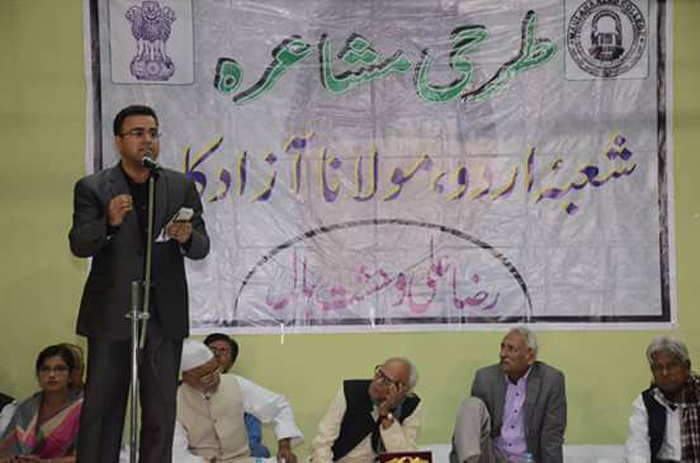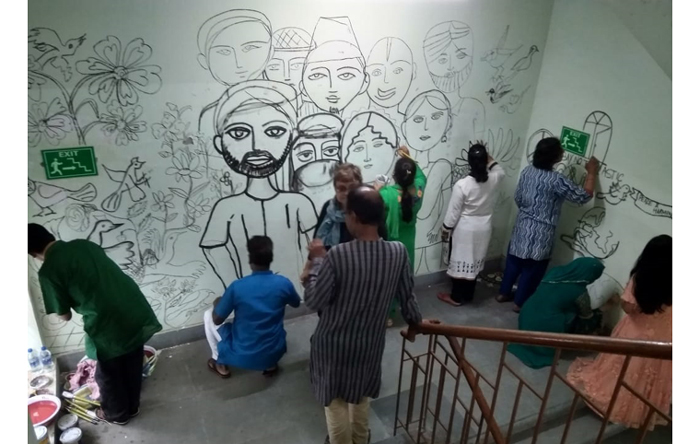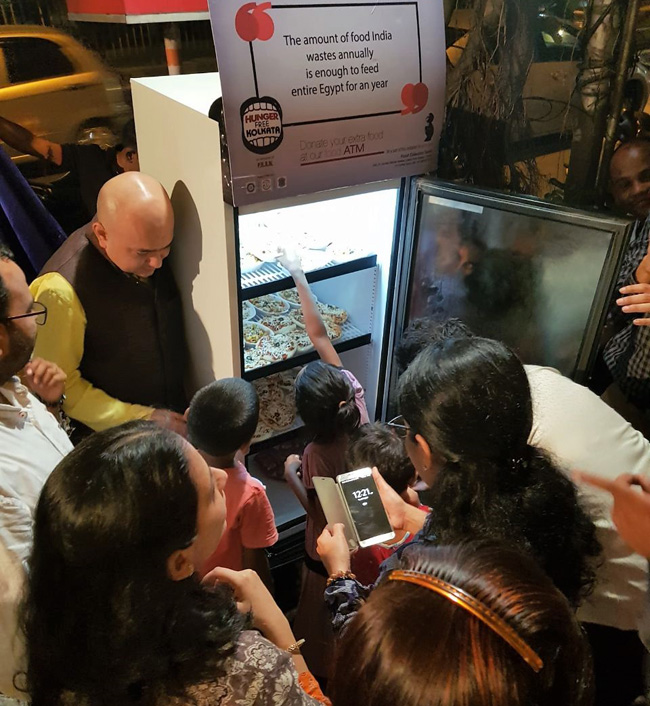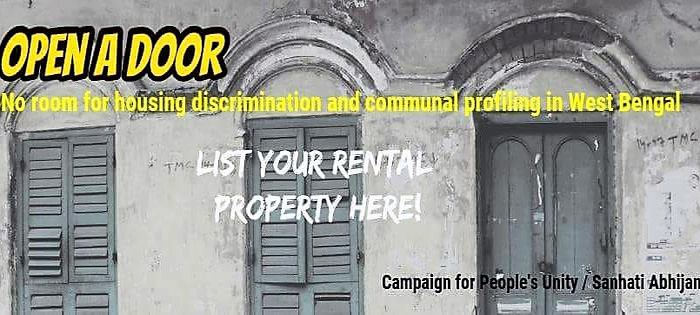Ballad singer Khan, praises Krishna and Shiva, digitalises Folk Lore

Kolkata: Twenty-four-year-old Yusuf Khan, a Muslim Jogi from Alwar district, stays a few blocks away from the now-famous Pehlu Khan who was lynched for trading in cattle. In a way, Yusuf Khan, a ballad singer and his family is a testament of the age old Hindu-Muslim brotherhood that seems to now be eroding, thanks to the peddlers of hate.
The growing intolerance, however, has not been able to stop Khan and his family from singing in praise of Krishna, Pandava and Shiva. In fact, Khan, a civil engineer by education, chose being a bhapang player just to keep his family’s legacy alive.
“It was a difficult choice to make,” he says. “I am a qualified civil engineer; I had a bright future ahead. But then, with the sudden death of my grandfather, who was like my guru, I was forced to make a choice between pursuing a modern age career or preserving my legacy. I chose the latter, a decision that I don’t regret, despite the challenges that I have to face,” he adds.
Khan, and his ancestors, represents a particular sect of Muslims, who earn their living by praising Shiv, Krishna or the Pandavas. “I have been playing the bhapang (a musical instrument) since I was a kid. I grew up idolising my grandfather, Jahur Khan, a bhapang player of repute. Being jogis, we earlier used lived by seeking alms from other communities. However, with time, we also opened our doors to education, thereby, bringing down curtain to our age-old tradition of seeking alms for a living. But with that we also sensed, that we were moving away from our musical roots,” says Khan.
The Jogis of Rajasthan, who sing particularly for the Meo Muslims, who consider themselves as the descendents of Pandavas and Krishna, are the custodians of 40 lok kathas (folk lores), which are sung in praise of the Krishna, Pandavas and Shiva. These 40 lok kathas, which are like ballads, however, are not documented. It till date was being passed down generation after generation from the elders to the youths through rigorous trainings and performances. With many jogis wanting to improve their financial condition were seen opting for regular jobs, which in a way was denting the age-old tradition. “This was kind of a threat for our legacy. We were seeing youngster not interested in the lok kathas or bhapang. But still we were being called upon by Meo-Muslims for functions, and were even being paid money, without having to perform. However, I realised that if we don’t save our legacy, one day people would question our identity, as to why were we being called for weddings and being paid, who we are and what’s our importance,” he says.
That was what trigged Khan to take a stand and take on the daunting task of documenting these khatas manually first and then having them saved on computers. This was followed by organising a stage show where they performed a couple of these ballads to have them digitally saved. “I took this initiative of having these kathas digitised; as of now, only my uncle knows them all. My grandfather was earlier custodian of this heritage of ours. He is dead and if anything happens to my uncle, then we will not have much left with us. Every day, I sit for hours with my uncle to make a note of these ballads, for we just can’t take the risk of losing our identity.”
On being asked, how come a Muslim is jogi? “We hail from the dynasty of this Ismail Nath. We have a Bengal connect as Ismail Jogi, was a contemporary of Kamkhya. He was adept in black magic. We, till date do Shiv gaayan on Shivratri. And what about singing ballads that praise Hindu gods, he says, “Well, that is what our identity is. Till date we have made a living by singing them. I don’t see any harm in this. We all are children of one God. The present situation is a bit scary. I think people like us are very much needed for communal harmony.”
He then adds, “Interestingly, our audience too are Muslims. But yes, I must admit, our numbers are dwindling and our legacy is definitely at stake. Especially, with many now not willing to sing or hold performance.”
The Digital Empowerment Foundation, a Delhi-based non-governmental organisation (NGO) and Jahur Khan Mewati Bhapang Kala and Shiksha Samiti, is helping Khan to preserve his family’s legacy, albeit the digital way.






